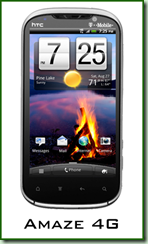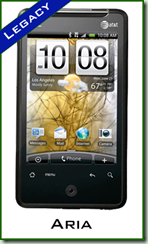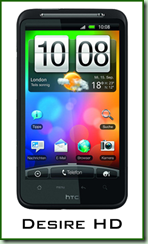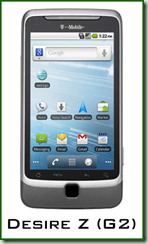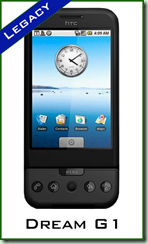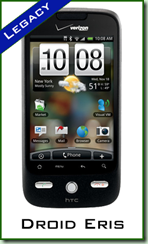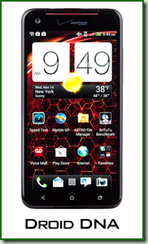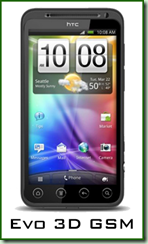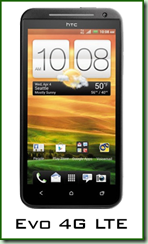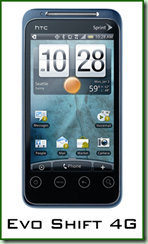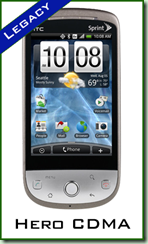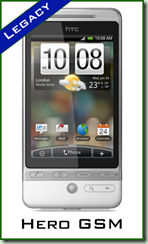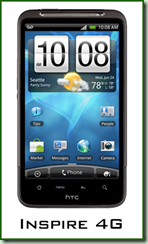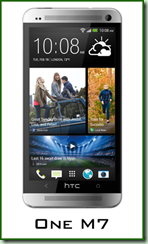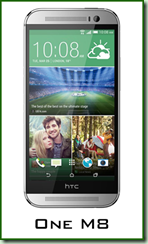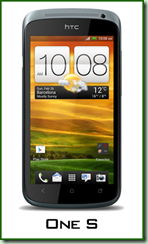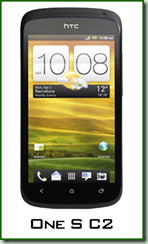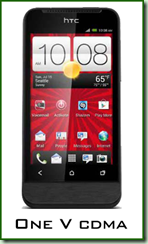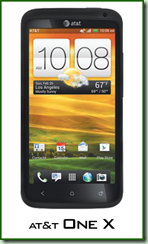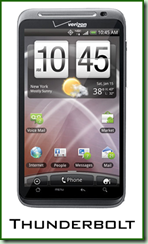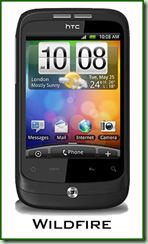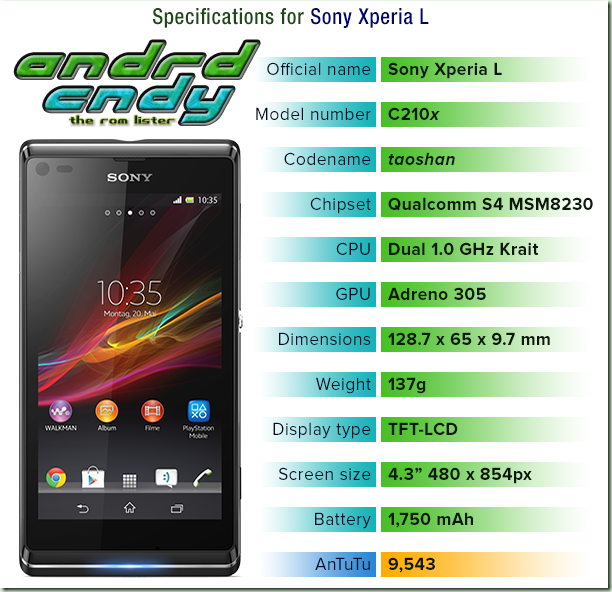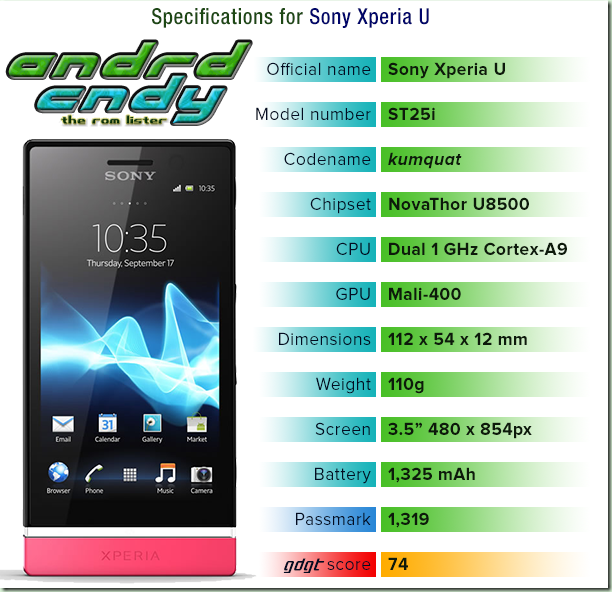This article is also to be found on its author's personal blog.
Sunday 12 January 2014
Lithium-Sulfur battery cells, the upcoming replacement for Lithium-Ion
This article is also to be found on its author's personal blog.
Saturday 11 January 2014
What’s new in 2014 - a year of technology
Have any questions or comments? Feel free to share! Also, if you like this article, please use media sharing buttons (Twitter, G+, Facebook) below this post!
Friday 10 January 2014
Saturday 4 January 2014
Sony Xperia L (taoshan) ROM List
*Flash your device at your own risk* 100813
ROOT: by ishanbhatnagr96 | by dj2tusk | Framaroot
TUTORIAL: Bootloader Unlocking/Relocking
TOOL: ROM Cleaner
ROM:
'
'
'
'
'
'
'
'
'
__________________________________________________
'
'
'
ROMS THAT WERE RELEASED BEFORE JULY WON’T BE LISTED
*All source links are from xda-developers forum*+ – new addition
05 – C2105 (900 band) | 04 – C2104 (850 band)
U – Unlocked | L – Locked | A – All type, locked or unlocked bootloader
Permalink: http://goo.gl/kykGSy | http://sh.st/0uhK
codename: taoshan model number: C210x views: 2,913
Sony Xperia P (nypon) ROM List
*Flash your device at your own risk* 070713
RECOVERY: CWM ICS
ROOT: How-to (ICS) | .54 & .75 root | DooMLoRD Toolkit
ROM:
'
'
'
'
'
'
'
'
'
_______________________________________________________________
'
'
'
'
'
ROMS THAT WERE RELEASED BEFORE JULY WON’T BE LISTED
*All source links are from xda-developers forum*
+ – new additions
4.1.2 - 1.100
4.0.4 – .75
U – Unlocked | L – Locked | A – All bootloader supported
Permalink: http://goo.gl/M5hBK | http://sh.st/0qcM
codename: nypon model number: LT22i views: 9,072
Friday 3 January 2014
More details about the HTC M8
Device will be named HTC One+ (codename: HTC M8) and it won't have any capacitive buttons. No more "home" or "back" buttons we get used to with the HTC One (HTC M7). Camera is probably a 6MP or 8MP module, of course with the UltraPixel™ technology and probably the new HTC ImageChip™ 3. Current rumours about double lens (for low and high lighting) might be true as well. Battery capacity is much bigger now - 2900 mAh instead of 2300 mAh in the HTC One. With just a slightly bigger screen in the HTC One+ (5") versus HTC One (4,7") we can expect much better battery life.
 Chipset (SoC) is very likely to be Snapdragon 805 (instead of 800). This is a very good news because Snapdragon 800 is already quite an "old" chipset. The only problem is the drivers development by Qualcomm. Let's hope that won't stop HTC from replacing S800 with the S805.
Chipset (SoC) is very likely to be Snapdragon 805 (instead of 800). This is a very good news because Snapdragon 800 is already quite an "old" chipset. The only problem is the drivers development by Qualcomm. Let's hope that won't stop HTC from replacing S800 with the S805.HTC One+ will be equipped with the newest HTC Sense™ 6.0 and Android KitKat.
So what do you think? I'm already very excited and really can't wait for the HTC One successor. The HTC One won almost every award in the 2013 knocking out the competition. Let's hope the HTC One+ will repeat this great success!
- Name: HTC One+ (HTC M8)
- Screen: 5" FullHD 1080p covered by Gorilla Glass 3
- Battery: 2900mAh
- Camera: 6MP or 8MP with UltraPixel™ technology and double lens
- SoC: Qualcomm® Snapdragon™ 805
- RAM: 2GB LPDDR3
- Buttons: no capacitive buttons
- OS: Android KitKat with HTC Sense™ 6.0
- SIM: micro-SIM
- Front camera: 2.1MP
- NFC: yes
Sony Xperia U (kumquat) ROM List
*Flash your device at your own risk* 070713
ROM:
'
'
'
'
'
'
'
'
'
'
'
'
'
'
________________________________________________________________
'
'
'
'
'
'
'
'
'
'
'
'
'
'
'
'
'
'
'
ROMS THAT WERE RELEASED BEFORE JULY WON’T BE LISTED
*All source links are from xda-developers forum*
+ – new additions
4.1.2 - 6.2.A.1.100
4.0.4 – 0.54
U – Unlocked | L – Locked | A – All bootloader supported
Permalink: http://goo.gl/mwXR1 | http://sh.st/0qc2
codename: kumquat model number: ST25i views: 20,911
Share Secret Things With Most Trust Worthy Friends On Facebook Using Facebook List Feature
How to Do this !!
1. Open this Link2. Click on create list
3. Setup a list name and add friends
4. Click on create button
5. Now when ever you update your status or upload photo/video/make albums or make random posts click on drop down box below the stats textbox area and choose the list you have made and click on it
6. Write your post and post it
7. It will only be share to those people with whom you want's it to be shared
Wednesday 1 January 2014
Download Youtube Videos Without Any Software
Steps To Download Youtube Video
1. Go to the YouTube video page and Copy the URL of the video you wish to save. For example, below is a URL to a video on YouTube, the whole address would be copied.
http://www.youtube.com/watch?v=aRPk0TbiIyI
2. Once this address has been copied, Paste that URL into the below URL text field and click the Download Video button.


